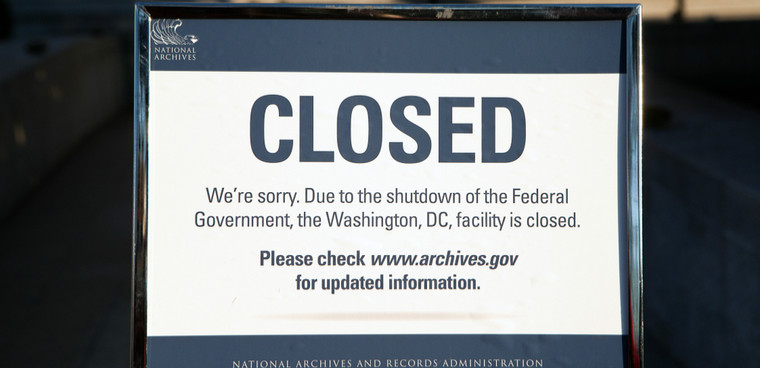2019 FEVS reports on shutdown

Despite furloughs and no pay, agencies reported being well supported.

The Office of Personnel Management published its annual Federal Employee Viewpoint Survey on Nov. 7, almost a year after a 35-day partial government shutdown that saw hundreds of thousands of federal employees furloughed and working without pay.
The 2019 survey yielded a 42.6% response rate, with 615,000 out of about 1.44 million employees participating. The topline results cover the entire government – agency-by-agency breakdowns are not yet available. Job satisfaction is ticking up slightly as is the percentage of respondents who say they can "disclose a suspected violation of any law, rule or regulation without fear of reprisal."
In her cover letter, new OPM Director Dale Cabiniss said the results show the continuation of a "five-year trend of reporting concerns about the manner in which poor performance is addressed and, in particular, the perceived lack of proper application of merit principles to promotion and reward decisions."
The survey included a new section asking respondents to describe how the month-long partial government shutdown affected their ability to do their jobs and how their workplaces supported them. While 54% reported that the shutdown -- which lasted from Dec. 22, 2018, to Jan. 25, 2019 -- had no impact upon them, 46% said that they were affected.
"The way it looked for most people was that they were either working without pay or were completely furloughed and shut down," OPM's acting Director of Strategy and Innovation Kim Wells told reporters at a Nov. 6 press briefing. Governmentwide, 64% of respondents reported that they agreed or strongly agreed with the statement that their agencies supported them during the shutdown.
Respondents who were negatively impacted as a result of the partial shutdown reported that delayed work and reduced customer service were the two biggest consequences. "Reduced customer service was a concern because the Presidential Management Agenda had made customer service across government a major focus," Wells said.
Nevertheless, 71% reported that the government shutdown did not encourage employees to look for new jobs, and of those who said that they were considering a new job, only 2% said it was directly because of the shutdown.
While the most recent government shutdown was a motivating factor in adding the new questions to this year's survey, Wells said that agencies had reported concerns as early the budget sequestration of 2013 and 2014 when satisfaction levels had declined, but OPM did not have evidence to support the theory that there was a correlation between the two. When asked if questions concerning the effect of government shutdowns would appear regularly going forward on the survey, Wells said it would be up to agency leadership, but that OPM was "very open to it." as the possibility of another government shutdown loomed.
Other items of note were the satisfaction responses to the telework program among agencies compared to last year. Sixty percent of respondents said they were "satisfied" or "extremely satisfied" with their agency's telework program, which made up 35% of total respondents. This came at a time when telework programs under agencies such as Social Security Administration were being reconsidered despite their popularity among workers.
Wells said response rates remained stable compared to last year, but several agencies made dramatic improvements in their response rates. The Department of Health and Human Services reported a 72% response rate, an increase of 15 percentage points over last year's survey -- a robust increase for an agency that boasts over 75,000 employees. Wells said that there was no data to explain the drastic increase in responses, adding that "Health and Human Services always does an amazing job of getting people to answer the survey. It was a pleasant surprise that scores stayed stable and didn't decrease. It really shows the value of steady pressure on organizational change initiatives and supporting employee engagement."
NEXT STORY: Agencies lag on IT workforce planning, GAO says





